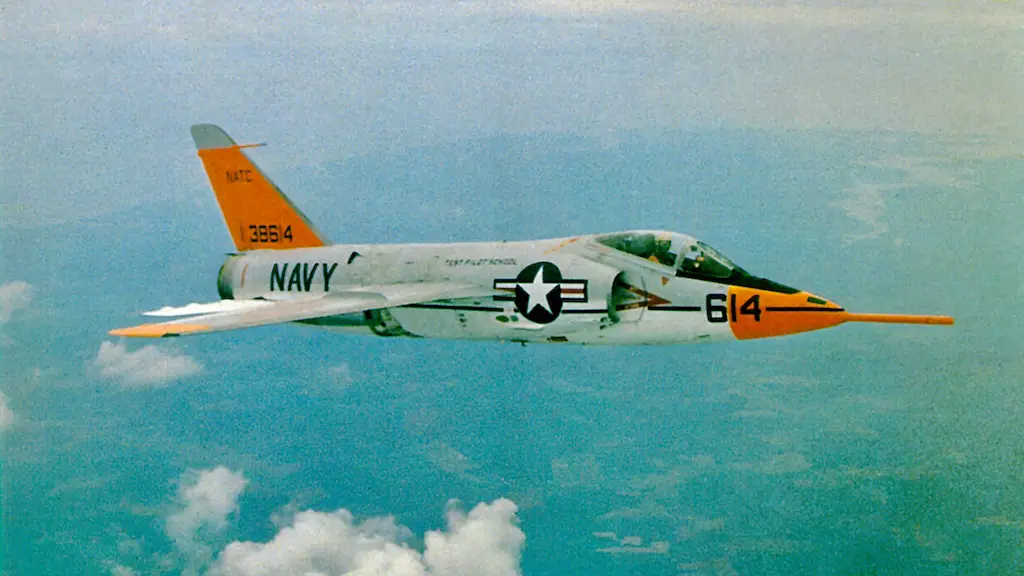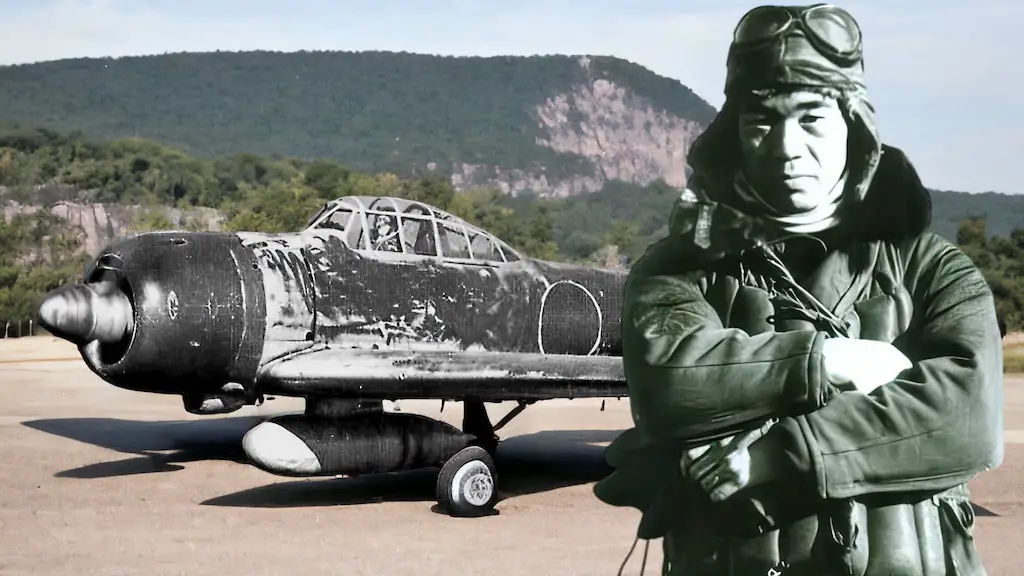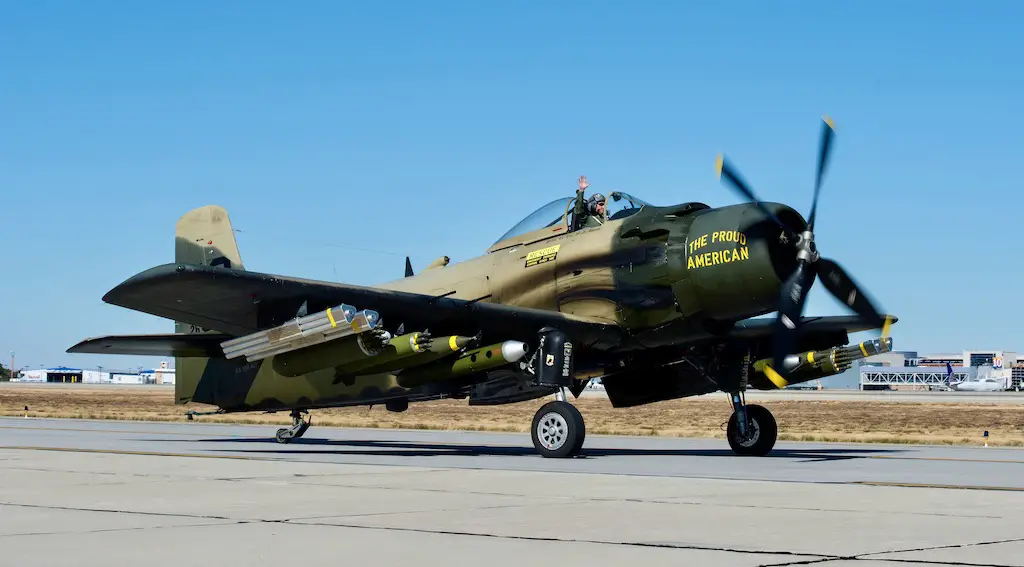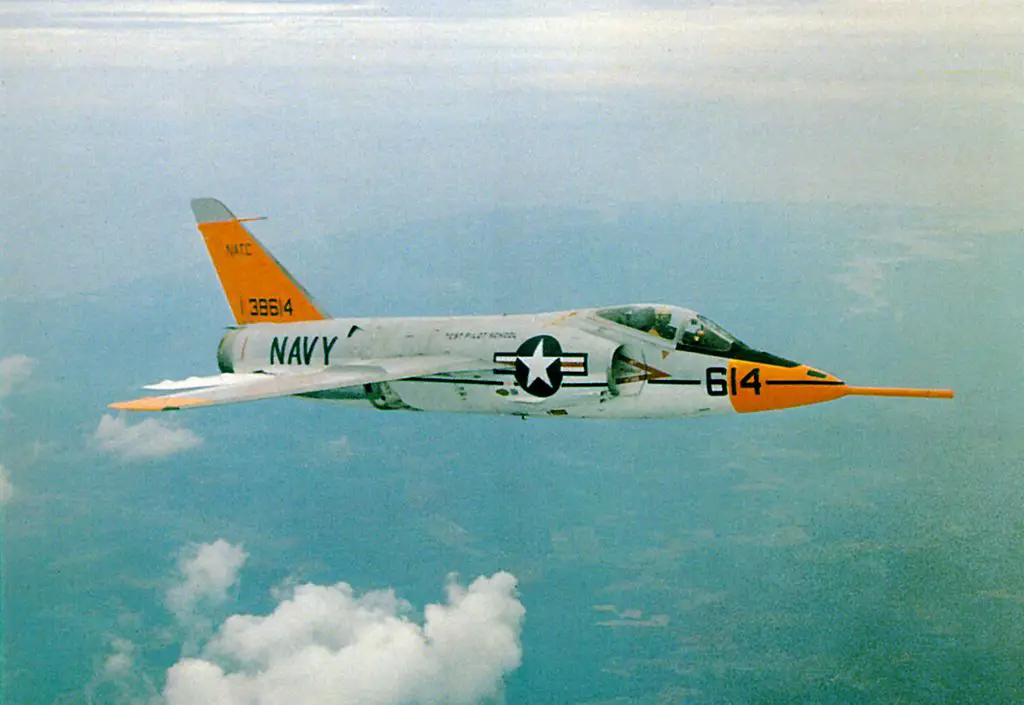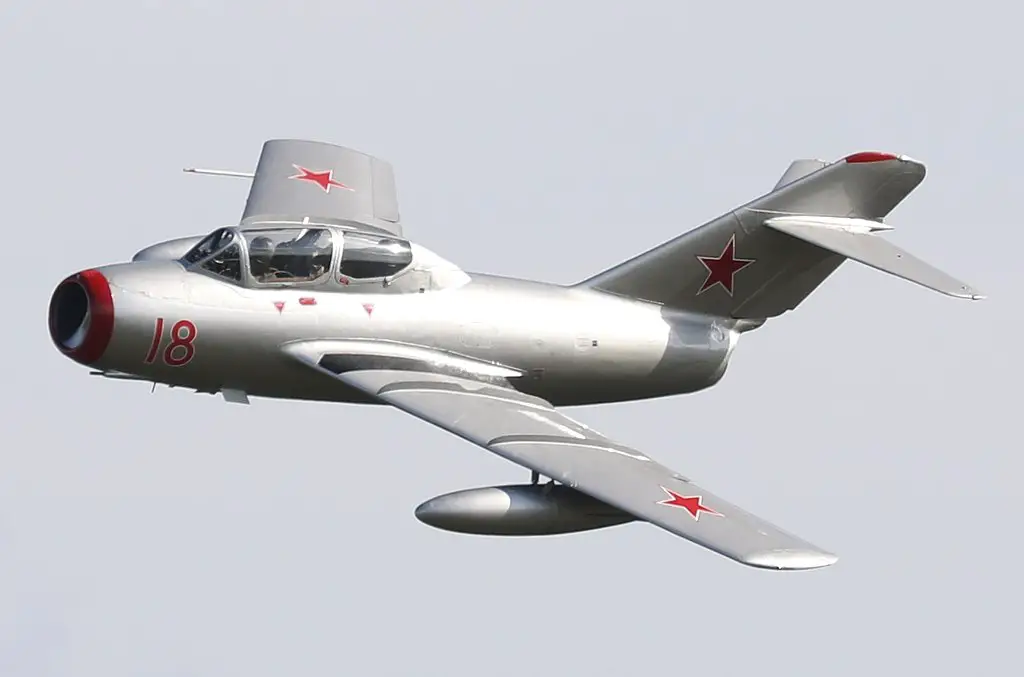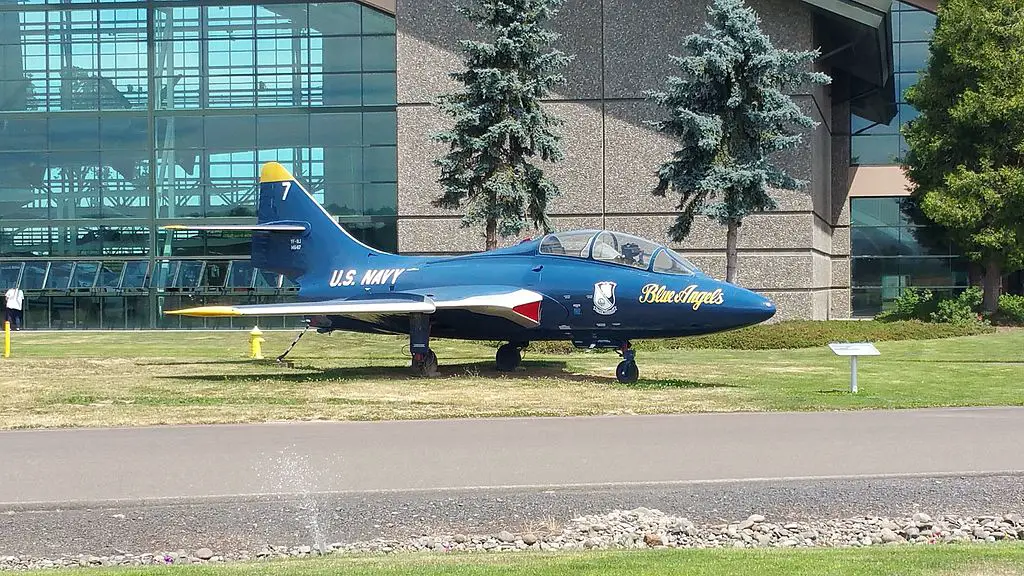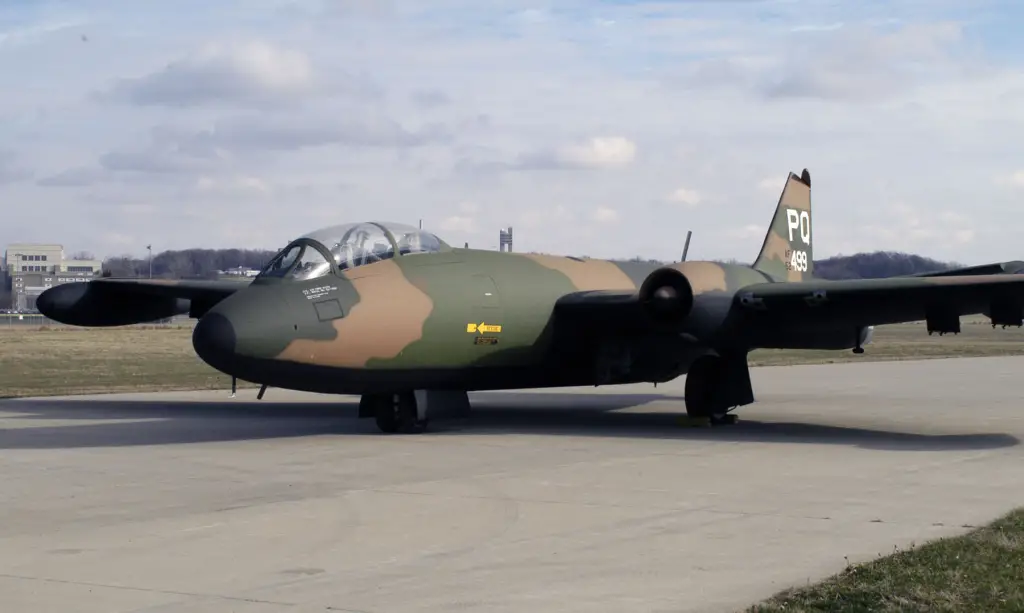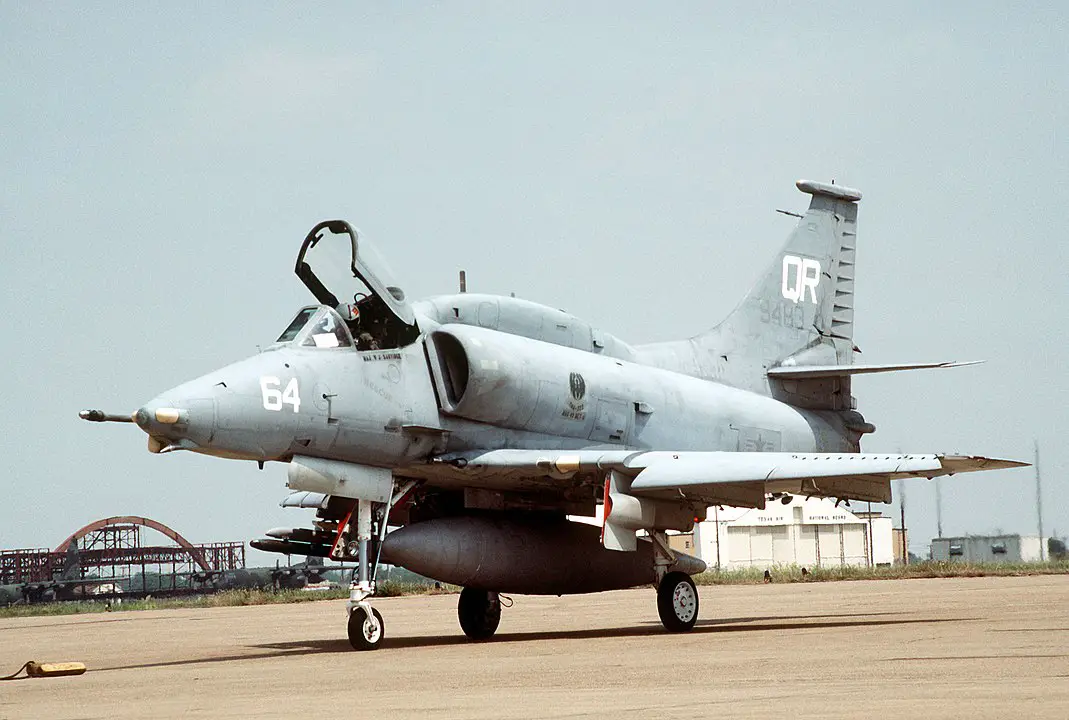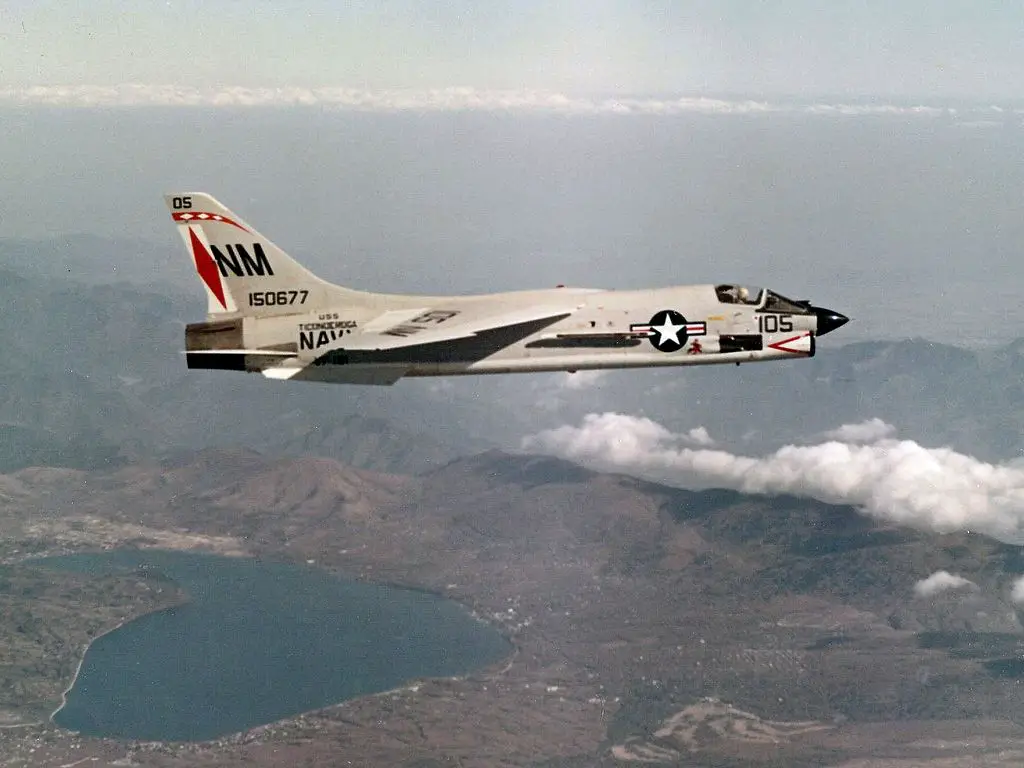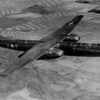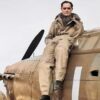Ambitious ideas
The aircraft evolution of the 1950s created many ambitious ideas and designs. The United States and the Soviet Union were locked in an arms race and were trying to outdo each other as the tensions were high. War between the two was a real possibility.
The Soviet MiG-15 possessed a new threat, one which the US needed to address. The Soviet plane, which was capable of sonic flight and was also the best in the class. It could eliminate US carriers, which was a significant strategic advantage over the US.
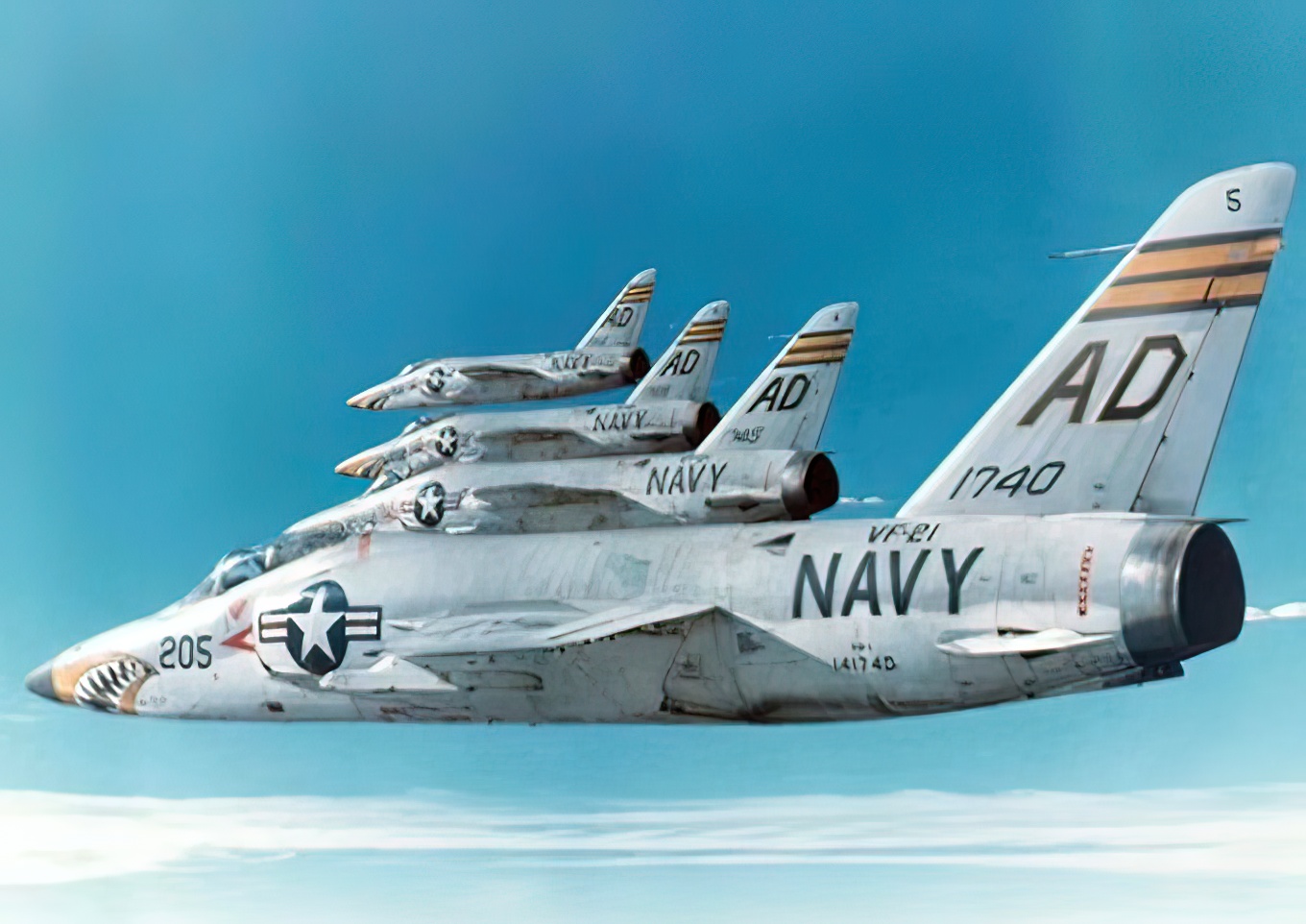
Rival
Work began to create a new plane that could rival the Mig-15. Grumman Aircraft Engineering Corporation was up for the task. In 1952 a privately funded project began to modernize the F-9 cougar. This particular aircraft was already designed to be carrier based. As Grumman was working on modernization, jet aircraft technologies were developing at a very fast rate, which led to man reiterations, and eventually, the modified aircraft would be so different that it became its own model.
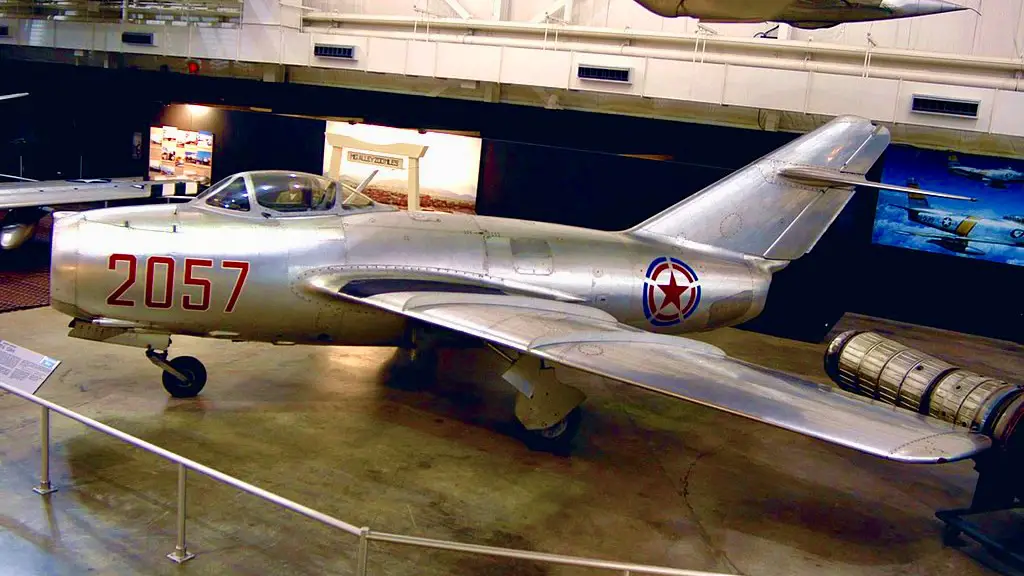
Tiger
It would become known as the F-11, and following the established tradition of naming this type of aircraft after felines, “Tiger” was added to its name. The plane had little resemblance to the F-9, which it was supposed to be based on. Among the new features was the area rule, which improved its performance at supersonic speeds. To be able to take off from the shorter runways of carriers, the plane also had full-span leading-edge slats.
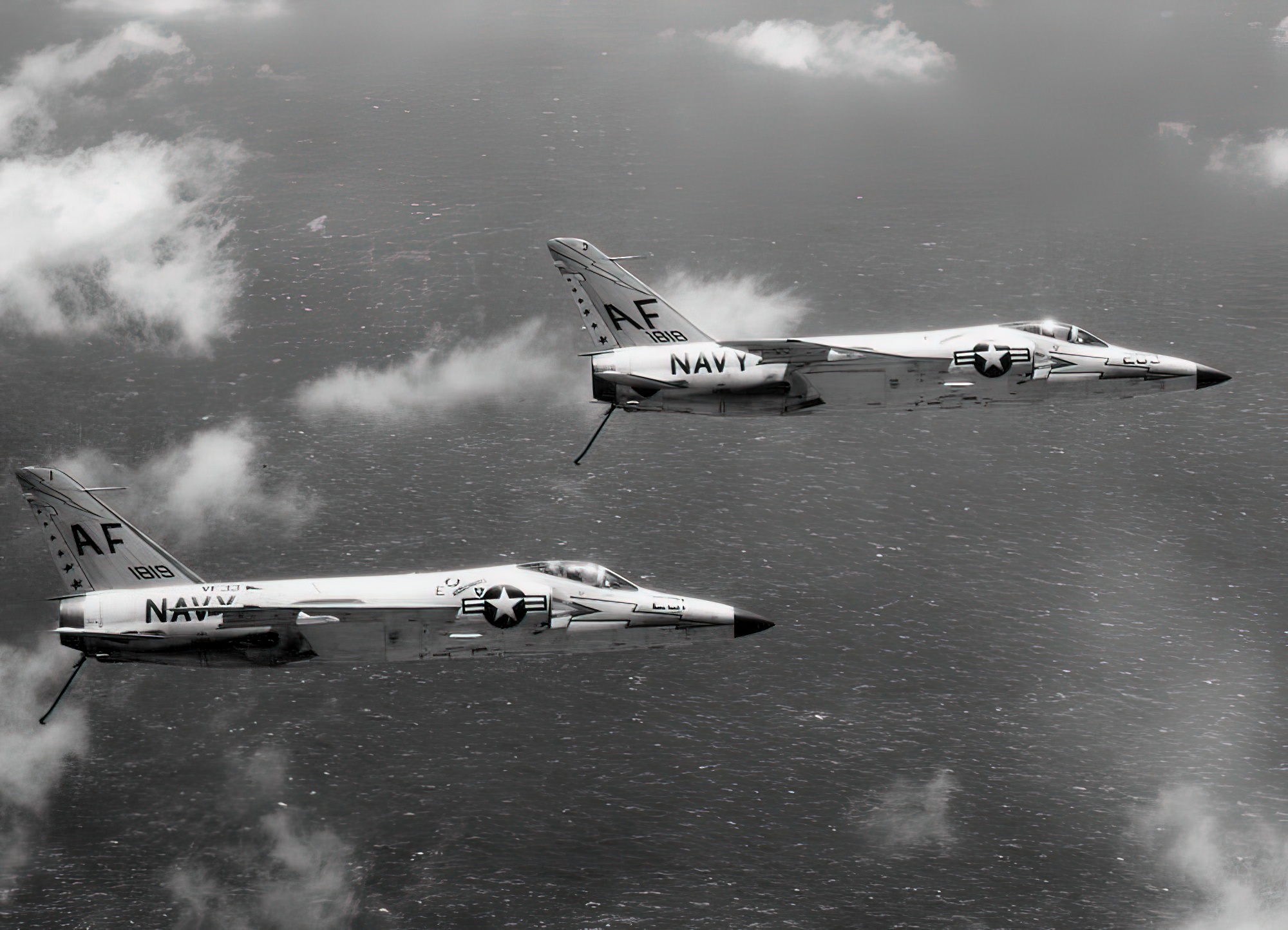
Designed to be folded
Among other innovations were the spoilers, which controlled the aircraft’s roll; these were used instead of the more conventional ailerons. To minimize the space that it would take on aircraft, its wings were designed to be folded. Although this fold wasn’t as dramatic as in some modern aircraft, it was basically the tip of the wing that could be lifted.
To achieve a speed that could rival that of the MiG-15, the F-11 was powered by the Wright J65 turbojet engine. The same engine was used for other aircraft like the Martin B-57 Canberra and Douglas A-4 Skyhawk.
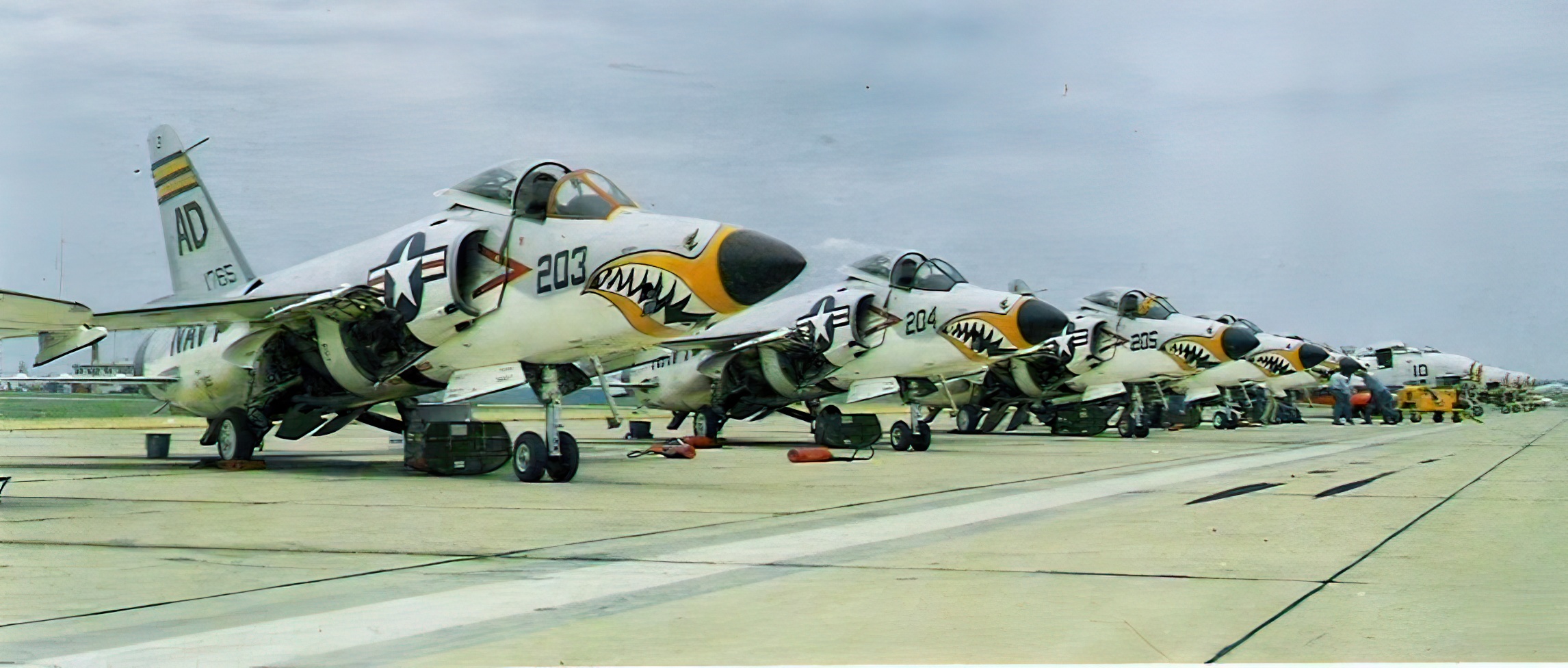
Prototypes
The F-11 looked promising, and the Navy ordered two prototypes named the XF9F-8. The name was a bit misleading because it made it sound like the new plane was a modified F-9, which it wasn’t. When they renamed it instead of giving it a more unique name, they just made it more confusing by calling it XF9F-9, with a variant of the Cougar being given the name XF9F-8.
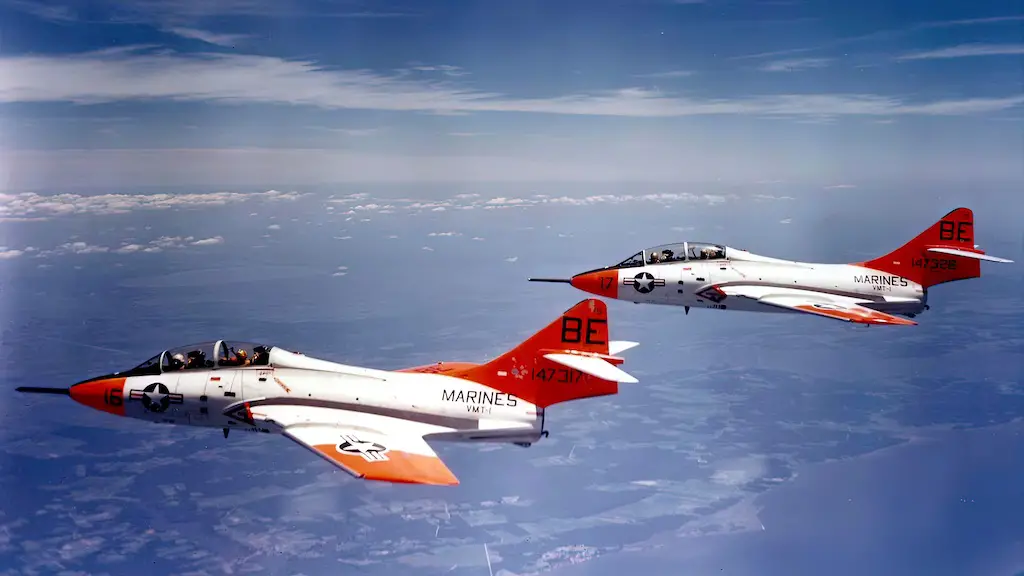
First flight
The first prototype was flyable before the afterburning J65 engine was ready, so it made its first flight in 1954 with a different engine. Even without the afterburners, the aircraft managed almost to break the sound barrier. When the F-11 was finally fitted with the J65 engines, it became the second Navy aircraft to fly faster than the speed of sound.
While the Aircraft had an impressive start, it would go on to earn an exclusive and embossing title of being the first plane to shoot down itself.
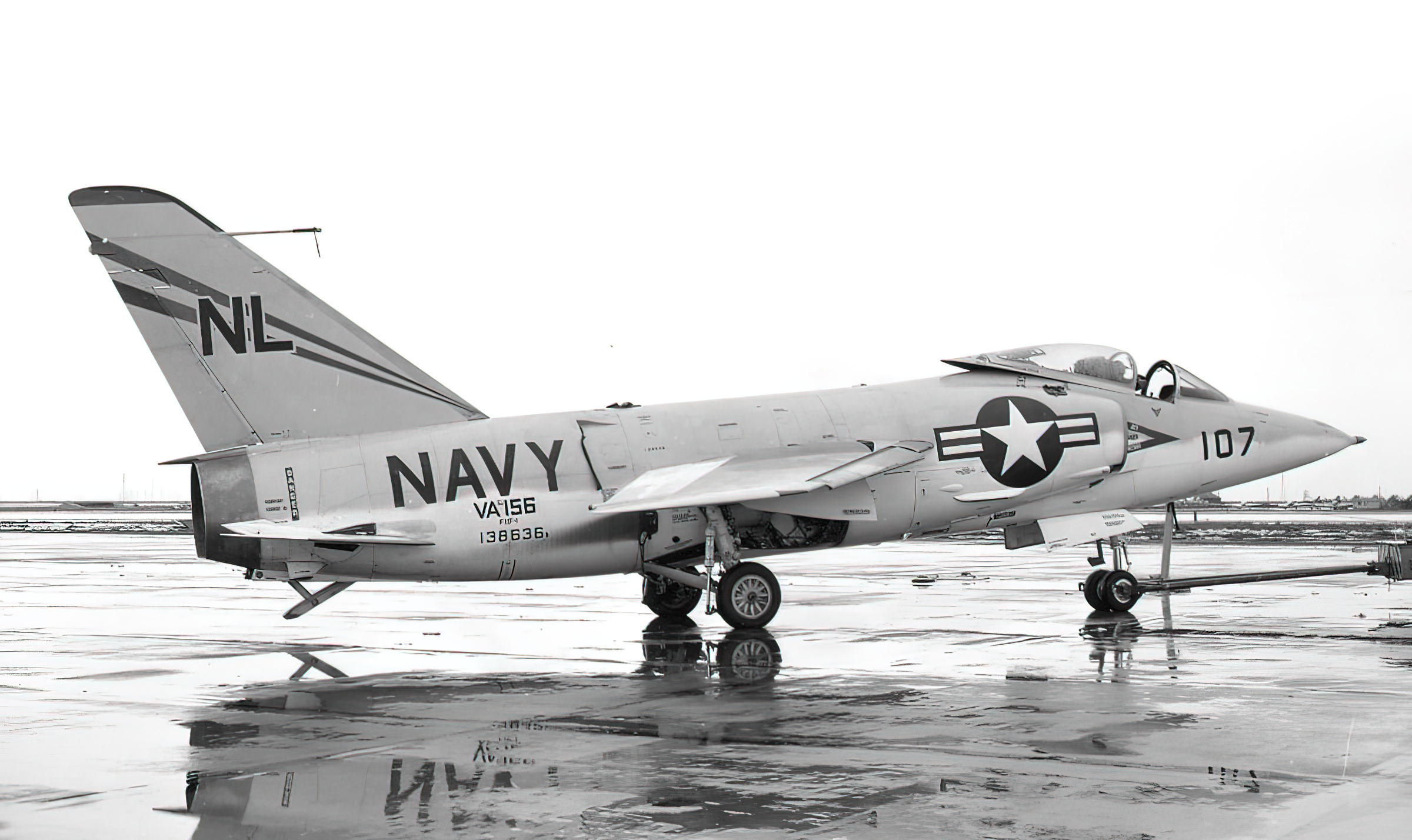
Crash landing
In 1965, during a live-firing test, pilot Tom Attridge fired the Tiger’s 20 mm cannons while performing a dive. The rounds, after flying for a while, began to fall to the earth; unfortunately, they coincided with the flight path of the aircraft, damaging it and forcing Attridge to crash land.
The aircraft had a relatively short carer in the Navy. Entering service in 1956 and retiring in 1961. the Tiger was held back by short-range and reliability issues, and only 200 were built. The strong competition from Vought F-8 Crusader also contributed to the early retirement of the F-11. The Crusader outperformed the Tiger in every way that mattered.
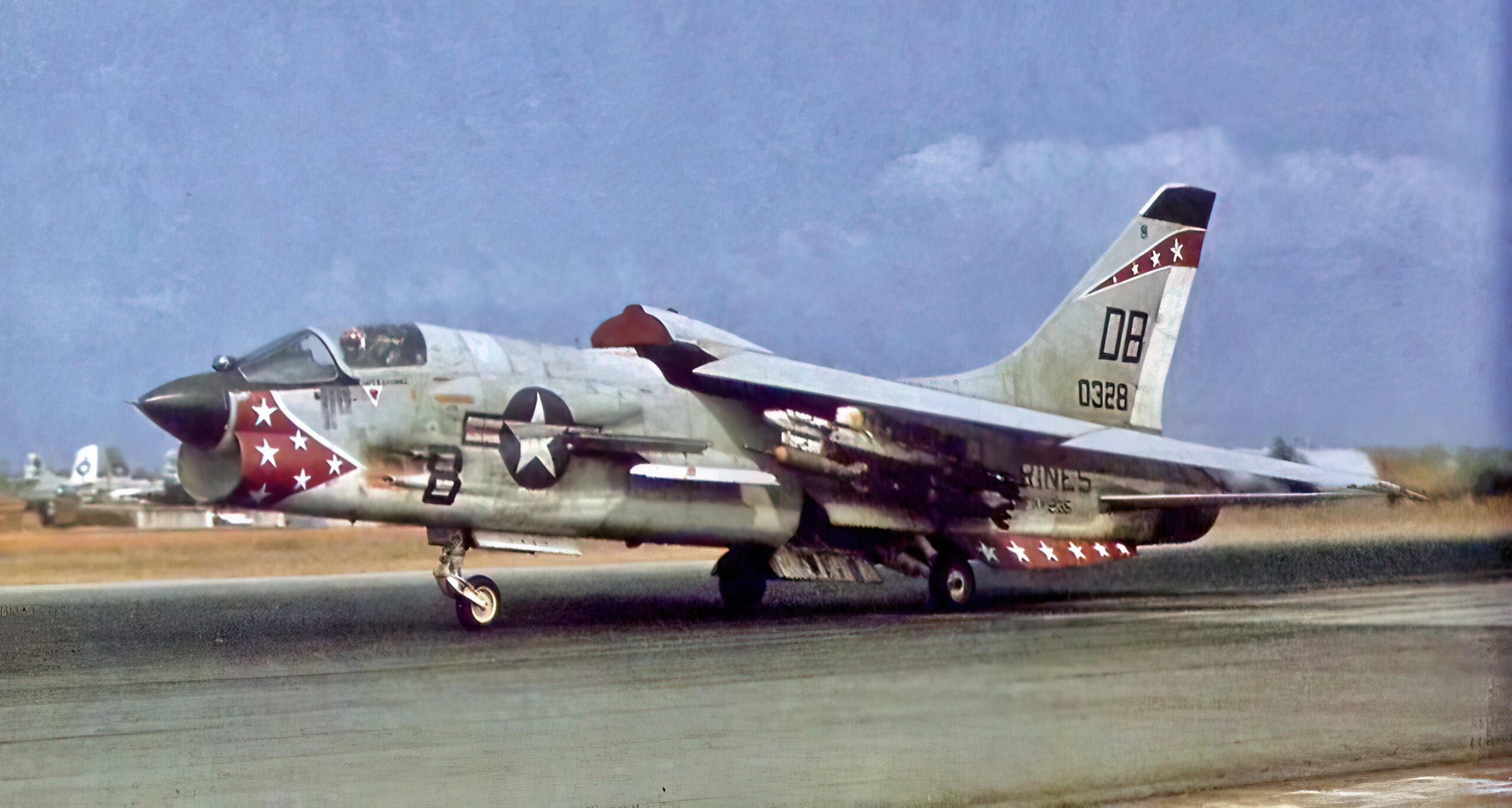
It wouldn’t fade into obscurity, far from it. The F-11 became the aircraft of choice for the famous Blue Angels until 1968, a privilege that only a few aircraft ever received.

